Blog
Jewellok is a professional pressure regulator and valve manufacturer and supplier.
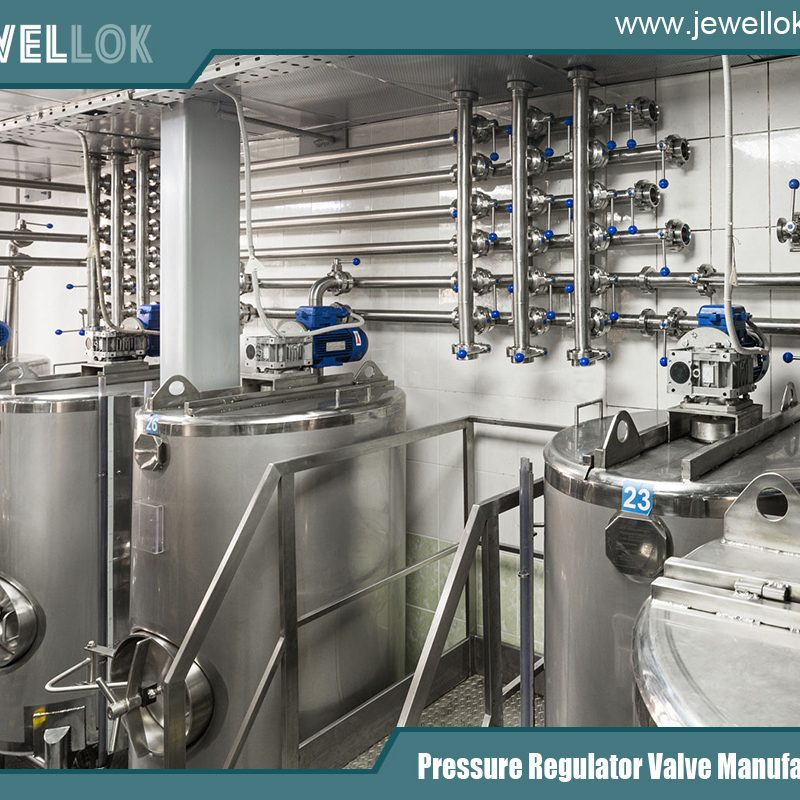
How to Choose the Right Laboratory Gas Valves
- Pressure Regulator Valve Manufacturer
- Air Compressor Check Valve, Back Pressure Regulating Valve, Best specialty gas valves manufacturers china, Brass Pressure Regulator, Changeover Manifold, China High purity gas valves manufacturers, China specialty gas valves manufacturers, Flexible Hose Tubing, Gas Flow Meter, Gas Solenoid Valve, gas valves, high pressure gas valves, High Purity Gas Valves, High Purity Gas Valves China, High purity gas valves manufacturers, High purity gas valves manufacturers China, laboratory gas valves, laboratory gas valves manufacturer, laboratory gas valves supplier, Medical Oxygen Regulator, oil and gas valves suppliers in uae, Pneumatic Pressure Control Valve, Specialty Gas Valves, Specialty Gas Valves and Regulators, specialty gas valves in vietnam, Specialty gas valves manufacturers, Specialty gas valves manufacturers china, Stainless Steel Ball Valve, Stainless Steel Diaphragm Valve, Stainless Steel Needle Valve, Stainless Steel Pressure Regulator, Stainless Steel Tube Fittings, uhp gas valves malaysia, Ultra High Purity Gas Valves, Ultra high purity gas valves china, Water Solenoid Valve
- No Comments
How to Choose the Right Laboratory Gas Valves
In modern laboratories, gas valves are indispensable components that ensure the safe, efficient, and precise delivery of gases essential for various scientific and industrial processes. From analytical chemistry and biotechnology to pharmaceutical research and materials science, laboratory gas valves control the flow of gases such as nitrogen, oxygen, hydrogen, and compressed air, preventing leaks, maintaining pressure, and safeguarding personnel and equipment. Choosing the right valve is critical because a poor selection can lead to safety hazards, operational inefficiencies, or contamination of sensitive experiments. For instance, in a high-purity environment, even minor leaks from an incompatible valve could introduce impurities, skewing results in gas chromatography or cell culture applications.
The market for laboratory gas equipment is expanding, driven by advancements in research and stricter safety regulations. According to industry insights, selecting valves involves evaluating factors like gas type, pressure requirements, material compatibility, and compliance with standards. This article provides a comprehensive guide to navigating these choices, drawing on expert recommendations and technical specifications. We’ll cover the fundamentals of lab gas systems, valve types, selection criteria, materials, safety aspects, installation, maintenance, and pitfalls to avoid. By the end, you’ll be equipped to make informed decisions that enhance lab performance and safety. Whether you’re outfitting a new facility or upgrading an existing one, understanding these elements can prevent costly errors and ensure regulatory compliance.
Laboratory gas valves differ from industrial ones due to the need for precision in low-flow scenarios and resistance to corrosive or reactive gases. They must integrate seamlessly with piping systems, regulators, and manifolds. With options ranging from simple needle valves to advanced automatic changeover systems, the selection process demands a balance between functionality, cost, and durability. Budgets for high-quality valves can range from $50 for basic models to over $500 for specialized stainless steel variants, but the investment pays off in reliability and longevity.
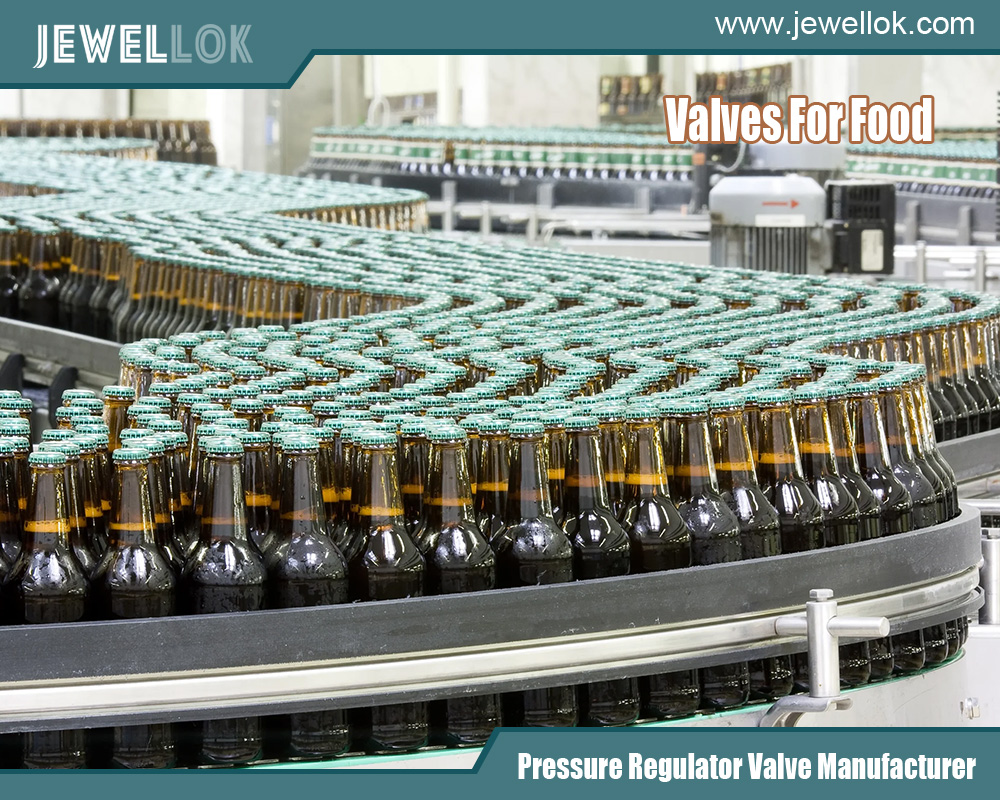
Understanding Laboratory Gas Systems
Laboratory gas systems encompass the infrastructure for storing, distributing, and utilizing gases safely. These systems typically include cylinders, manifolds, pipelines, regulators, and valves. Valves act as the control points, allowing users to start, stop, or modulate gas flow at benches, fume hoods, or instruments. In high-stakes environments like hospitals or research labs, valves must handle pressures up to 300 psi while preventing backflow or contamination.
Key considerations start with the gas properties: inert gases like argon require minimal features, while flammable ones like hydrogen demand explosion-proof designs. Systems often incorporate purifiers and filters to maintain gas purity, making valve selection integral to overall integrity. For example, in semiconductor labs, ultra-high purity is paramount, necessitating valves with low leak rates.
Regulatory bodies such as OSHA, NFPA, and ISO set guidelines for gas handling. OSHA’s Laboratory Safety Guidance emphasizes securing cylinders and using appropriate valves to mitigate risks like asphyxiation or fires. Understanding your lab’s scale—whether it’s a small academic setup or a large industrial facility—helps determine if you need manual or automated valves. Environmental factors, like temperature fluctuations or humidity, also influence choices, as they can affect seal integrity.
Types of Laboratory Gas Valves
Laboratory gas valves come in several types, each suited to specific applications. The three primary categories for gas control are needle valves, fine needle valves, and ball valves. Needle valves offer precise flow control through a tapered plunger, ideal for regulating low-flow rates in analytical instruments. They allow fine adjustments, making them perfect for calibrating gas mixtures in spectroscopy.
Fine needle valves are a subset with even greater precision, often used in high-sensitivity setups like mass spectrometry. Ball valves, on the other hand, provide quick on/off operation via a spherical disc, suitable for high-pressure applications where rapid shutoff is needed, such as in emergency isolation.
Other types include gate valves for full-flow isolation, globe valves for throttling, check valves to prevent backflow, and plug valves for durable, low-maintenance service. In medical gas systems, cylinder and manifold valves manage bulk supplies, while AVSU (Area Valve Service Units) and NIST valves ensure zoned control and quick connections. Automatic changeover valves switch between cylinders seamlessly, minimizing downtime in continuous operations.
Specialized valves like pressure relief and safety valves protect against overpressure, while sampling valves allow gas extraction without system disruption. For oil and gas labs, butterfly valves handle large volumes efficiently. Choosing the type depends on flow requirements: needle for precision, ball for speed.
Key Factors in Selecting a Laboratory Gas Valve
Selection begins with assessing operational needs. Pressure and flow requirements are paramount; valves must match the system’s inlet/outlet pressures and flow rates to avoid restrictions or failures. For instance, a valve rated for 150 psi won’t suffice for 250 psi systems.
Valve size is crucial—too small causes pressure drops, too large increases costs unnecessarily. Use flow coefficient (Cv) values to calculate sizing based on gas type and velocity. Media type influences design: corrosive gases need resistant internals, while flammable ones require spark-proof actuation.
Actuation method—manual, pneumatic, or electric—affects usability. Manual levers suit simple setups, but automated solenoids enhance safety in remote or hazardous areas. Connection types, like threaded, flanged, or compression fittings, must align with piping.
Cost, availability, and manufacturer reputation matter. Look for certifications like ASME or CE. Environmental ratings, such as IP for dust/water resistance, ensure durability in harsh labs.
Materials and Compatibility
Valve materials determine longevity and compatibility. Brass is common for non-corrosive gases due to affordability and machinability, but stainless steel (316L) excels in corrosive or high-purity environments for its resistance to oxidation and low outgassing. For aggressive gases like chlorine, use Hastelloy or Monel.
Seals and O-rings—PTFE, Viton, or EPDM—must withstand gas chemistry without degrading. In hydrogen systems, copper tubing with silver brazing is preferred. Material selection prevents reactions; e.g., aluminum avoids for halogens.
Consider temperature ranges: elastomers fail in extremes, so choose accordingly. For RoDI systems, use non-metallic materials to avoid contamination.
Safety Standards and Features
Safety is non-negotiable. Standards like OSHA require valve protectors and secure storage. NFPA 45 governs flammable gas handling in labs.
Features include lockout/tagout mechanisms, tamper-proof designs, and emergency shutoffs. Valves should have low leak rates (e.g., <10^-6 cc/sec) and be helium-tested. For toxic gases, use bellows or diaphragm valves. Cylinders must be labeled, stored upright, and inspected monthly. Training on hazards like cylinder missiles is essential.
Installation Considerations
Proper installation prevents issues. Valves should be horizontal, extending out when open, with clear labels. Use compatible fittings and torque specifications. For pipelines, include alarms and shutoffs. Test for leaks post-installation using soap solutions.
Maintenance Best Practices
Annual inspections and lubrication are recommended. Adjust packings for leaks, replace purifiers as needed. Store spares properly; monitor pressure gauges. Slow opening/closing prevents shocks.
Common Mistakes to Avoid
Avoid mismatched materials leading to corrosion or undersized valves causing flow issues. Neglecting standards risks non-compliance; improper storage invites accidents.
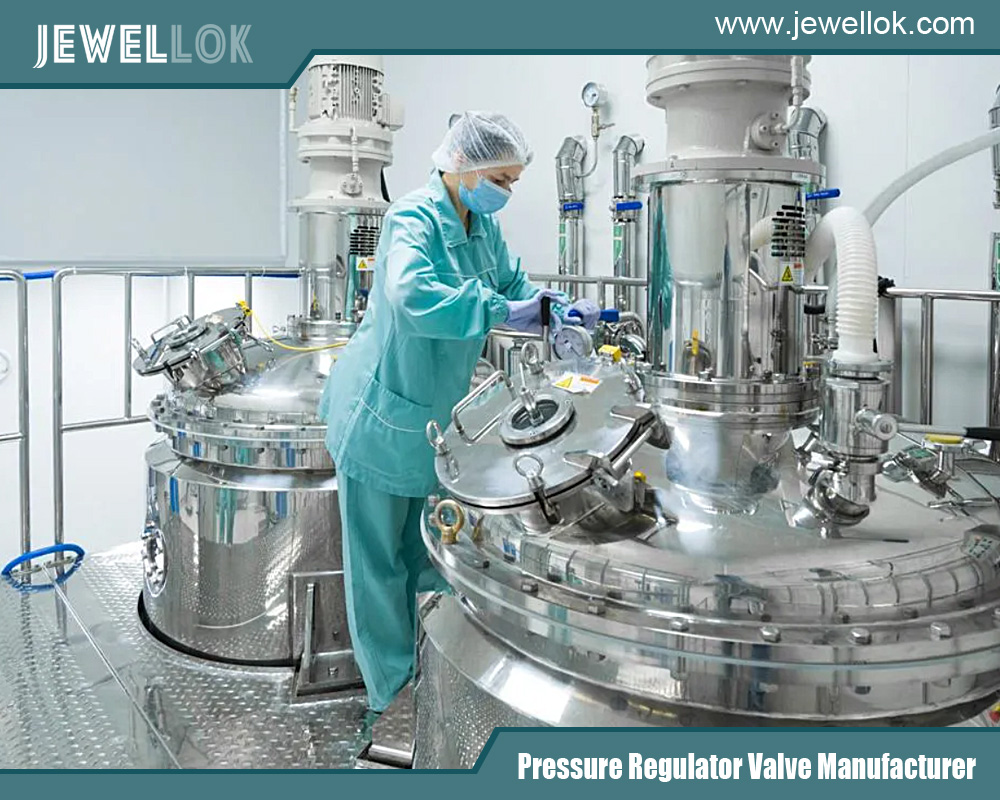
Conclusion
Selecting the right laboratory gas valve involves a holistic approach, balancing technical specs with safety and practicality. By prioritizing compatibility, standards, and maintenance, you ensure reliable operations. Consult suppliers for tailored advice to optimize your setup.
For more about how to choose the right laboratory gas valves, you can pay a visit to Jewellok at https://www.jewellok.com/ for more info.
Recent Posts
How a Gauged Two-Stage Propane Gas Pressure Regulator Works
The Best Natural Gas Pressure Regulators Manufacturers in USA
How to Choose the Right Laboratory Gas Valves
The Top High Pressure Hydraulic Needle Valve Manufacturer in 2025
Why the Top Companies Choose Ultra-High Purity Diaphragm Valves
How to Choose the Material Properties of Ball Valve Core?
Tags
Recommended Products
-

767LT Reducer Pressure Reducing Valve Adjustment High purity Pressure Reducing Union Fittings And Tubing
-
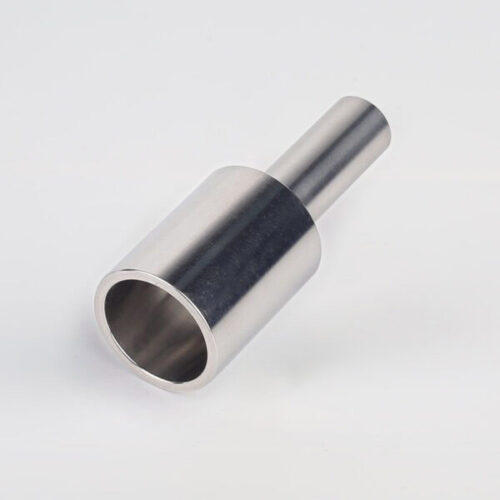
316L Stainless Steel Tube Butt Weld Reducing Fittings Union Reducer RW Series Ultrahigh Purity Process
-
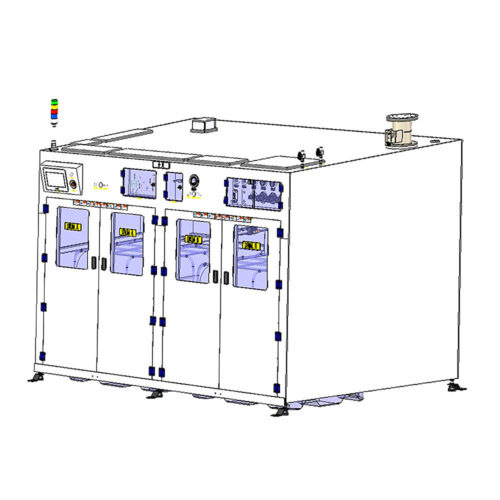
High Purity Chemical Dispense System & Packing System For Semiconductors JW-200L-CDM & JW-1000L-CDM
-
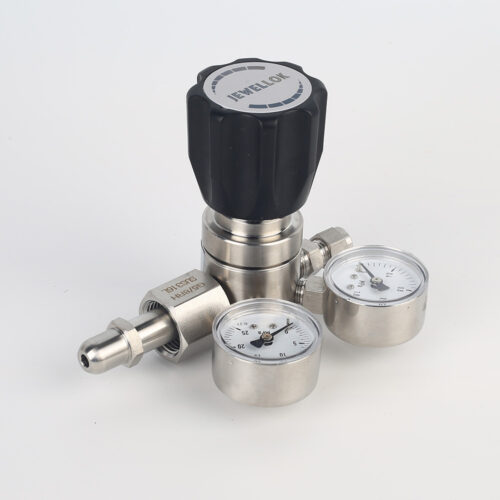
High Purity High Pressure Specialty Gas Pressure Regulators Specialty Gases Pipeline Engineering Equipments Manufacturer And Supplier
-

High Purity Bulk Specialty Gas Pressure Control And Filtration Bulk Gas Skid Systems JW-300-BSGS
-
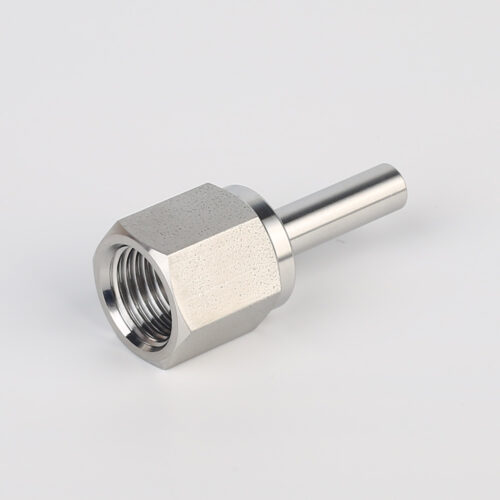
739LF High Purity Female Adapter Tube To Pipe Fittings And Connectors
-

UHP Metal Gasket Face Seal Fittings Vacuum Coupling Metal Face Seal Join Long Gland And Short Gland
-

768LN Stainless Steel Male Pipe Tube Butt Weld Connector And Tube Fittings Supplier